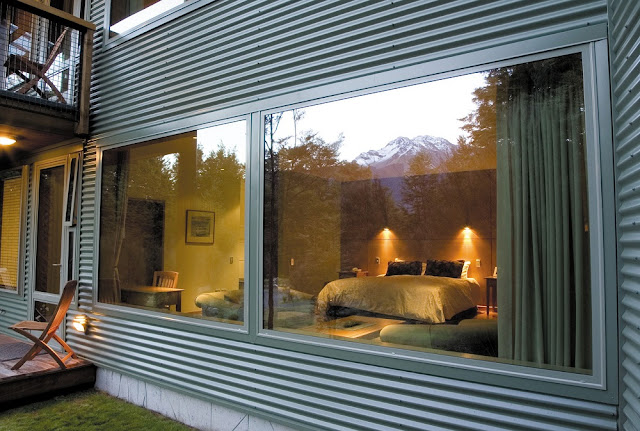Colorbond Flashing
home improvement
Things you need to know about Colorbond Flashing
Roof cladding and flashing are two of the ways in which you can add security and longevity to your home. There are many companies which you can trust that give you the perfect roofing designs with flashing which makes the building and roofs water-resistant to last for a longer time. The purpose of colorbond flashing is to make the building weather-resistant, as it does not allow water to enter the building premises but diverts the channel of water to the other side. This saves the cost of maintenance of your roof and adds to the overall aesthetic value of your home. They are an important part of the overall building cladding and this provides the best structural support to your home. Designing, cutting, and flashing must be done under the supervision of the best designers of the colorbond flashing.
 |
| Colorbond Flashing |
The Design of Roof Flashing
There are many designs in which the colobond flashing is available. You can go for flashings specifically near the edges of the roof or the corner walls that are subject to harsh effects of winds, heat, and constant moisture accumulation. The wind design load of the colorbond flashing can save a lot on the main roofing area. Fixings should be done in a proper manner by the flashing experts to add variety to the designs. Apart from this, you should also be careful when they work, as there must be enough of space when fasteners are used, and while you try to locate specific wind zones on the building. Metal colorbond varieties or simple colorbond strips can be used to know about the diameter of a shaft and how fast to put out the flashing fastener as and when required. The design must include all types of colorbond variety for both the inside and outside of a building. There should be separate designs which must be made for gusting wind, as this has a definite pressure. It requires a specific type of colorbond fixing. Pumping to blow out the excess wind is also a way to create a better fixing of your roofs.
How to use the Notching Tools while the Workers Work for Colorbond Flashing Technique?
There are different types of notching tools used for colorbond flashing. After a cladding is fixed, and the turn-up is finished, they can further proceed as follows. Place a flashing that can rest on the ribs and locate the notching tool with a specific notching tool against the flashing. The workers can use both the horizontal and vertical tools which are located underside the top of each rib. Further, push down the handle to edge the level of the tool and push the handle to perform the notching. Then, repeat the ribs and check the flashing to bend down the tongues between the notches over a certain suitable straight edge.
 |
| Colorbond Flash |
What Exactly to do with a Box Gutter with Colorbond Flashing?
A box gutter is a gutter that is square or rectangular in shape placed within the boundaries of a roof. It may be formed between the surface of a roof and on the parapet wall between two roof surfaces. It is available with infold, outfold, and squashfold edges and is supported by a box gutter board to improve the strength of colorbond flashing.
In a nutshell, you can get colorbond flashing in different varieties, designs, and colors. There are different materials like lead, aluminium, copper, and zinc that can be used as a base metal for colorbond flashing. You can get the design quotations from different sellers and tell them to customize things as per your budget and requirement.

.jpg)



Post a Comment